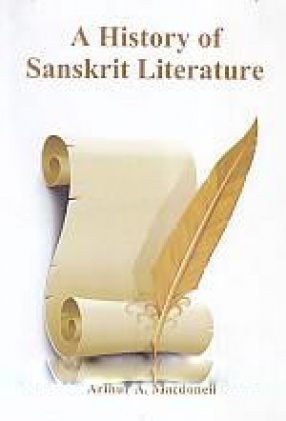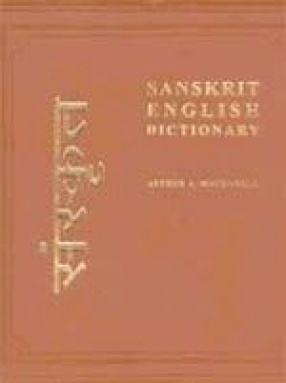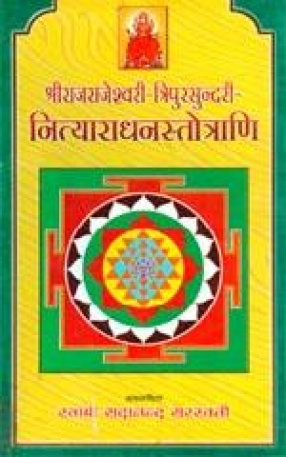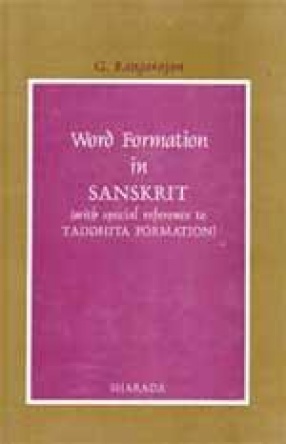The first impulse to the study of grammar in India was given by the religious motive of preserving intact the sacred Vedic texts, the efficacy of which was believed to require attention to every letter. Thus, aided by the great transparency of the Sanskrit language, the ancient Indian grammarians had by the fifth century B.C. arrived at scientific results unequalled by any other nation of antiquity.
The oldest grammar that has been preserved is Panini’s. It already represents a fully developed system, its author standings at the end of a long line of predecessors, of whom no fewer than sixty-four are mentioned and the purely grammatical works of all of whom, owing to the excellence and compreshensiveness of his work, have entirely perished.
The best known of the Sanskrit grammars used in this country during the latter half of the
nineteench century are those of Monier-Williams and Max Mullar. Both of these contain much matter
derived from the native system that is of no practical utility, but rather an impediment, to the student of literary Sanskrit. All such matter has been eliminated in the present work, not from any prejudice against the Indian grammarians, but solely with the intention of facilitating the study of the subject by supplying only such grammatical data of the actual language as have been noted by scholars down to the present time. Vedic forms have also been excluded, but in order to furnish English and Indian students with the minimum material necessary for beginning to read works written in the older language, a brief outline of Vedic Grammar is given in Appendix III.
The aim of this book is to provide the student with that grammatical equipment which is necessary for reading a Sanskrit text with ease and exactness.








There are no reviews yet.